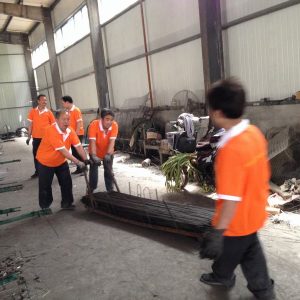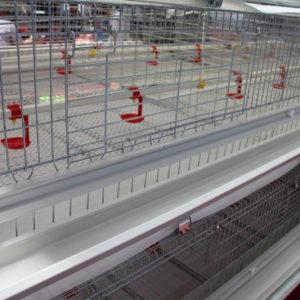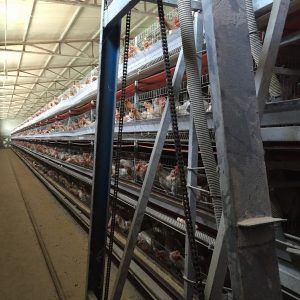
Analysis of how to supplement calcium in laying hens?
Calcium is indispensable for chickens, and plays a vital role in maintaining growth and production performance. Chicks and laying hens may suffer from deficiency during the breeding process, which will adversely affect their production performance. So how do you add calcium to laying hens?
The best calcium supplement time for laying hens is 12:00~20:00. When hens are allowed to eat calcium freely, they can adjust their calcium intake. For example, calcium intake during the formation of eggshell is 92% of normal However, during the period when the eggshell is not formed, the calcium intake is only 68%. Hens who are lighter in weight and eat less food should be fed more calcium.
The chicken absorbs the animal calcium source best, and the plant calcium source absorbs the least, and the eggshell after high temperature sterilization is the best calcium source. When the calcium source in the diet is 2/3 with shells and 1/3 with limestone, the eggshell has the best strength. When the shell breaking rate of B-4 hybrid chicken reached 3.5% at 61 weeks, after adding 2% of the total feed to the granular shell powder in the afternoon, the egg breaking rate was significantly reduced and the egg shell was smooth. The average egg breaking rate was only 1.59 by 72 weeks of age %, the effect is good.
Laying hens lack of calcium should adjust the proportion of nutrients in the feed, pay attention to adding fish meal, bone meal, shell meal, eggshell meal or stone meal, etc., to ensure the proper content of calcium. Laying hens must start from about 18 weeks of age, and the shell meal powder will increase to 2%; after 20 weeks of age, they will enter the egg-laying period. The bone meal content in the feed should reach 1.5%, and the shell meal should reach 5.5%; after 38 weeks of age, The content can be increased to 6.5%. For laying hens raised off the ground, when the egg production rate reaches 80%, the calcium content in the diet should reach 3.5%; when the egg production rate is less than 80% or greater than 65%, the calcium content is 3.4%; When the egg production rate is less than 65%, the calcium content is 3.2%.
In addition, multi-dimensions can be added to the feed, if necessary, cod liver oil can also be added in an appropriate amount, and the chicken can be properly exposed to the sun or irradiated with ultraviolet light to increase the vitamin D source. All factors that can increase the acidity of the intestine are conducive to the dissolution of calcium salts and promote the absorption of calcium. Special attention should be paid to preventing calcium deficiency and calcium supplementation.



